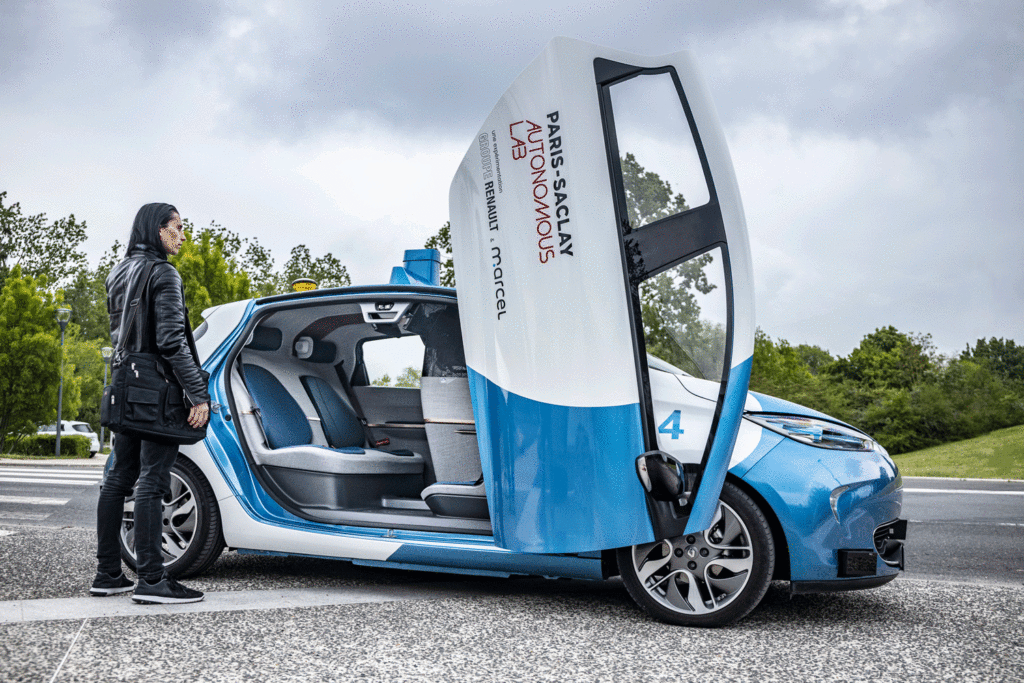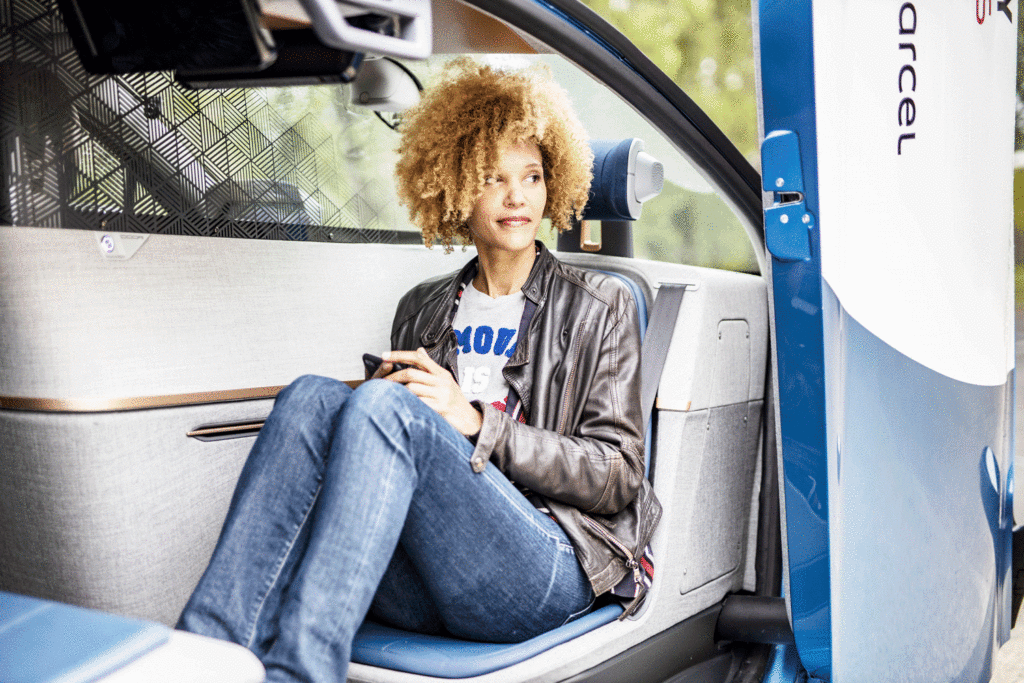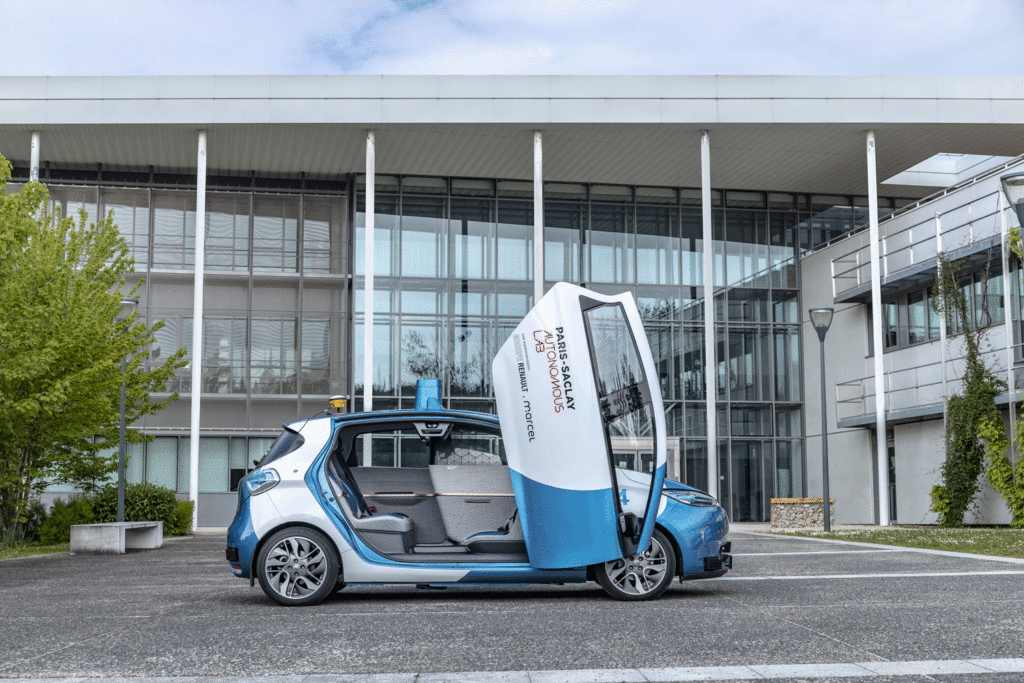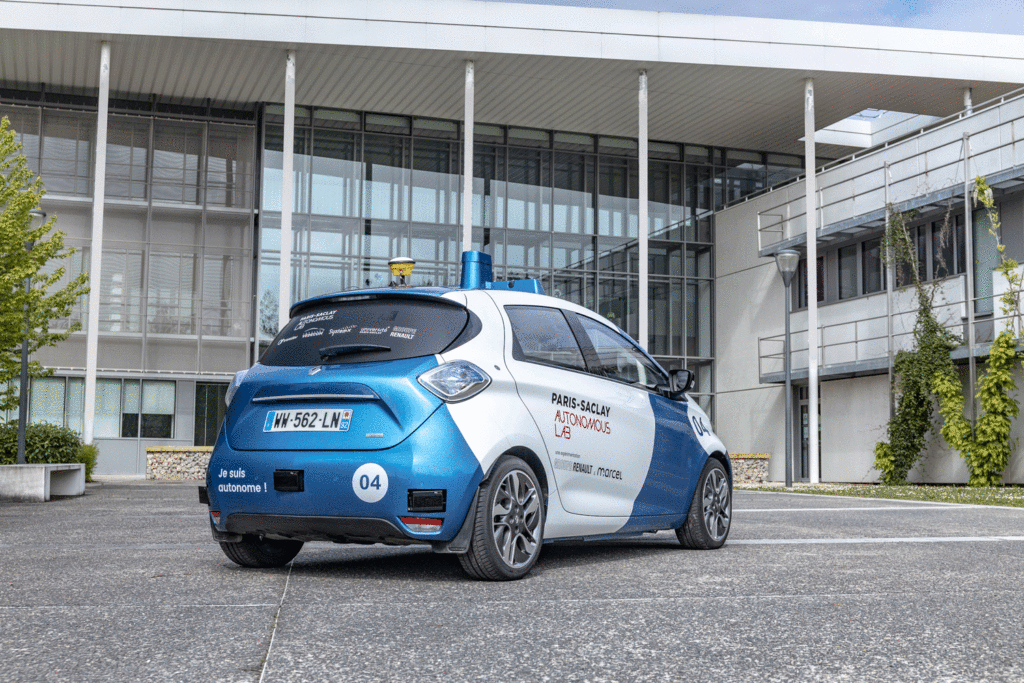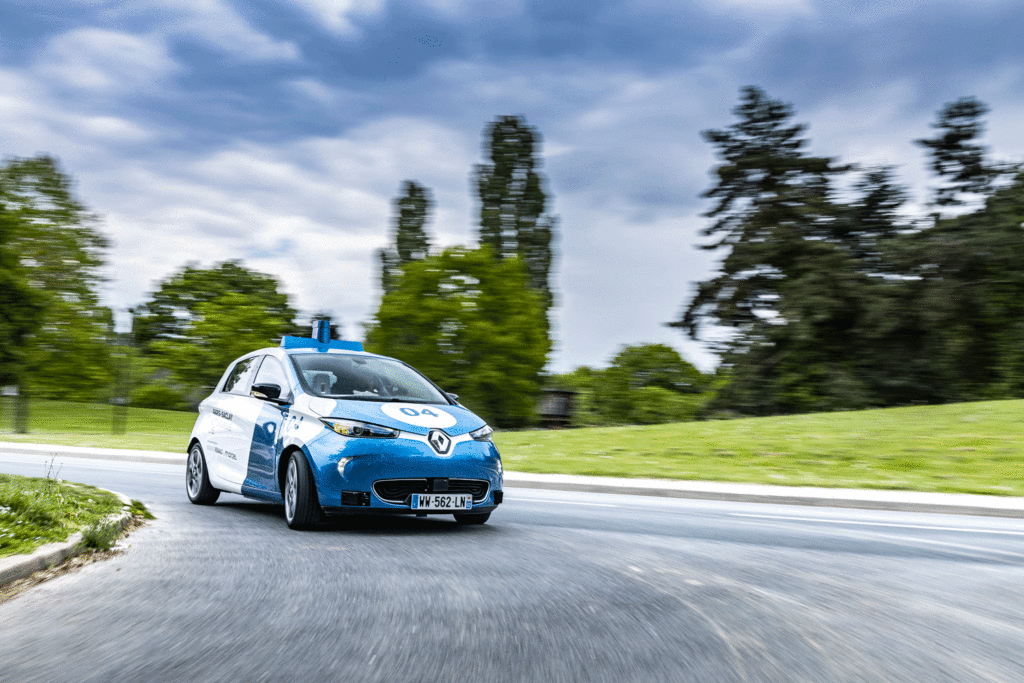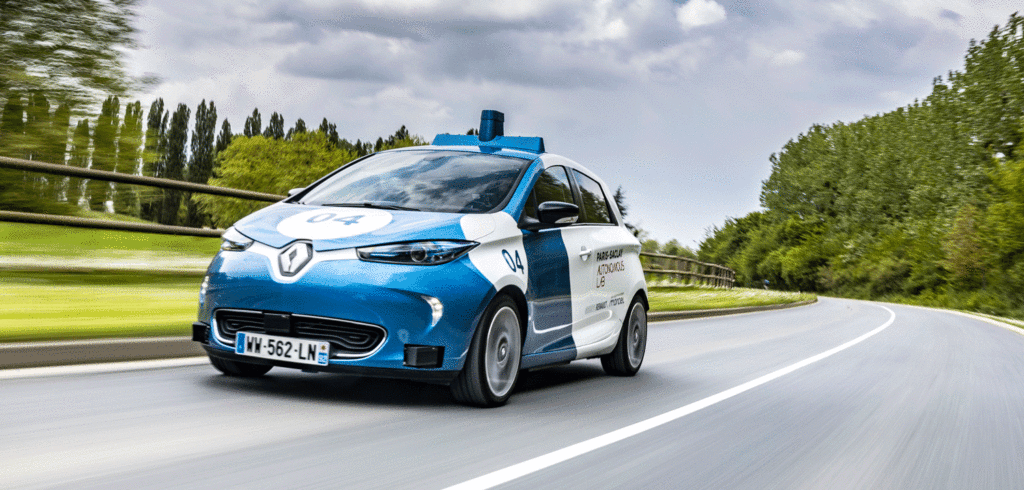Groupe Renault, Groupe Transdev, IRT SystemX, Institut VEDECOM and the University of Paris-Saclay have launched the Paris-Saclay Autonomous Lab project, which is to develop new autonomous mobility services using dedicated lane and public and campus streets.
The Paris-Saclay Autonomous Lab project will provide, among other things, a late-night public transportation service using an autonomous Transdev-Lohr i-Cristal shuttle. This will serve Saclay Plateau neighborhoods from the Massy regional express station and will operate outside the normal operating hours of the regular transportation systems, using the existing dedicated bus lane. Between 12:30am and 3:00am, an autonomous Transdev-Lohr i-Cristal shuttle will serve four stops, covering a distance of nearly 6km (3.7 miles) in both directions and providing users with transportation between the Massy station and the Saclay Plateau, to supplement the existing train, regional express, coach and bus services.
The service is designed to fit in with the existing transportation systems and extend service beyond their scheduled operating times. It will optimize existing road infrastructure and commercial speed by using the public bus rapid transit lanes and existing stops.
The project will also offer a daytime on-demand car service on the Paris-Saclay urban campus, using autonomous Renault Zoe Cab prototype vehicles. This service is designed to provide a large number of pick-up and drop-off points, which do not interfere with other traffic and are located near the most frequented campus areas.
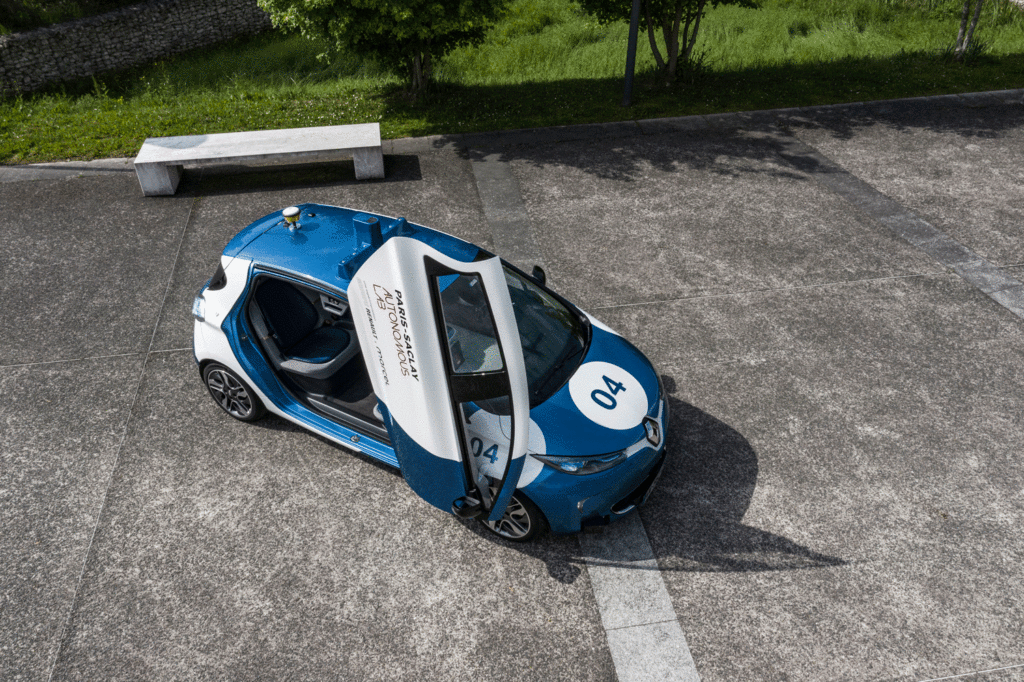 The Paris-Saclay experiments are intended to identify the requirements for rolling out an autonomous mobility service on a broader scale. The project will focus on two main issues: technology, with an autonomous transportation system comprising two types of supplementary service; and acceptability, with user panels to study ridership.
The Paris-Saclay experiments are intended to identify the requirements for rolling out an autonomous mobility service on a broader scale. The project will focus on two main issues: technology, with an autonomous transportation system comprising two types of supplementary service; and acceptability, with user panels to study ridership.
A comprehensive autonomous transportation system, the Paris-Saclay Autonomous Lab consists of autonomous electric vehicles, a central control facility to supervise the services, connected infrastructure and customer apps.
The MobiBot by Transdev smartphone app, for example, enables the user to track the Transdev-Lohr i-Cristal shuttle trip in real time. It displays the shuttle’s time of arrival at the user’s stop, route simulation and time to destination including any distance to be covered on foot.
A Marcel smartphone app specific to the Renault Zoe Cab experiment can be used to book an on-demand autonomous vehicle for immediate or later use. The app directs the user from his or her current location to the nearest pick-up point and indicates the vehicle’s arrival time. Within the vehicle, the app can be used to track the trip and time of arrival at the drop-off point.
Paris-Saclay Autonomous Lab vehicles are designed to merge with normal traffic flow and reach compatible speeds while ensuring a high degree of safety in two-way public streets and dedicated bus lanes. To achieve this, the project partners decided to roll out and test connected infrastructure consisting of connected traffic lights, sensors and roadside connectivity equipment (primarily thermal cameras and lidar devices located at 25 strategic points).
Supervision from a Central Control Facility located at Massy station will track operation of the services in real time. The supervisor will display all vehicles in operation, check their status and the status of system components and use the connected infrastructure to anticipate any obstacles along the route and take appropriate action as required. The supervisor can be in direct contact with passengers and interact with them.
For Groupe Renault, the Paris-Saclay Autonomous Lab project is a further step in developing Marcel-type on-demand electric, shared and, eventually, autonomous vehicle solutions. The project is an integral part of Groupe Renault’s ‘Drive The Future’ strategy aimed at offering autonomous mobility services as early as 2022.
